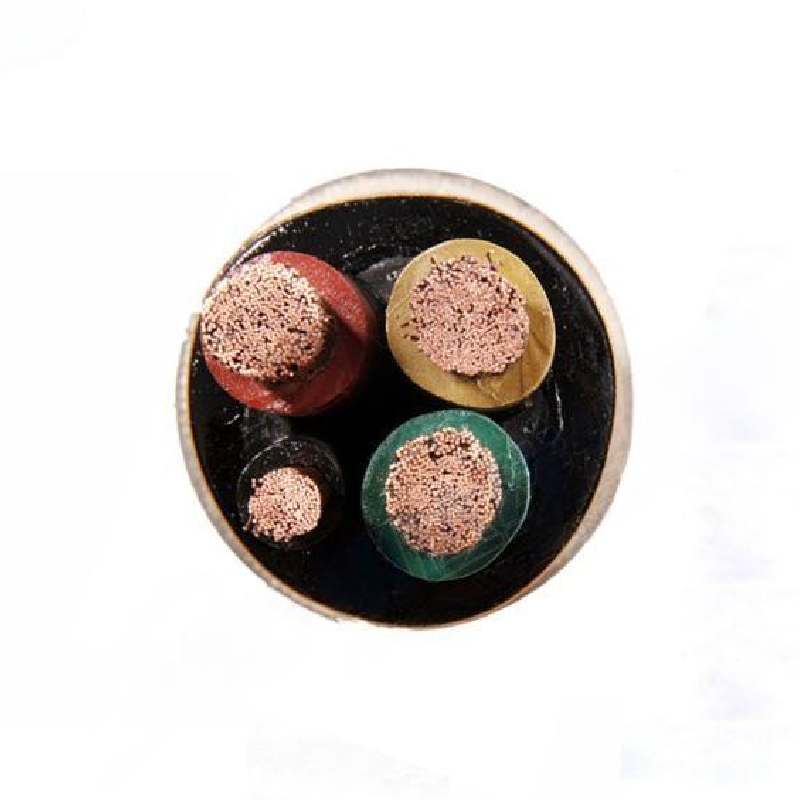Dec . 05, 2024 14:51 Back to list
dual flap check valve
Understanding Dual Flap Check Valves Functionality and Applications
In the world of fluid mechanics and system engineering, the dual flap check valve stands out as an essential component in various applications. Used predominantly in plumbing, water treatment, and industrial processes, these valves are designed to prevent backflow, ensuring that fluids flow in one direction only. This article delves into the functionality, design, and applications of dual flap check valves, as well as their advantages over other types of check valves.
What is a Dual Flap Check Valve?
A dual flap check valve, as the name suggests, consists of two flaps (or discs) that control the flow of fluid through the valve. These flaps are mounted on a pivot mechanism, allowing them to open and close based on the direction and pressure of the fluid. The main purpose of these valves is to prevent reverse flow, which can lead to contamination, equipment damage, or other operational issues in pipelines.
Design and Operation
The design of a dual flap check valve is relatively simple yet effective. When fluid flows in the intended direction, the pressure differential causes the flaps to open, allowing the fluid to pass through. When the flow reverses or decreases, the flaps are pushed closed by gravity and the weight of the fluid, creating a seal that prevents backflow.
One of the key features of dual flap check valves is their ability to minimize the risk of water hammer—a phenomenon that can occur when the fluid changes direction abruptly, causing shock waves and potential damage to the pipeline. The dual flaps distribute the hydraulic forces more evenly, which helps in reducing these incidents compared to single-flap check valves.
Advantages of Dual Flap Check Valves
1. Enhanced Reliability The dual design offers a more reliable sealing mechanism. In situations where one flap may fail, the second flap acts as a backup, providing an additional layer of protection against backflow.
2. Reduced Water Hammer As mentioned earlier, the use of dual flaps significantly reduces the chances of water hammer. This is particularly beneficial in systems where sudden changes in flow velocity are common.
3. Versatility Dual flap check valves can be used in various applications, from municipal water systems to industrial processing plants. They are compatible with a wide range of fluids, including water, oils, and chemicals.
dual flap check valve

4. Ease of Maintenance With fewer moving parts when compared to more complex valve systems, dual flap check valves are relatively easy to maintain. Regular inspections and periodic cleaning can ensure optimal performance over time.
5. Compact Design The space-saving design of dual flap check valves makes them ideal for use in confined spaces where traditional check valves might not fit.
Applications
Given their robustness and reliable performance, dual flap check valves find wide-ranging applications across multiple industries
- Municipal Water Systems They are commonly used in water supply systems to prevent backflow that could contaminate drinking water.
- Irrigation Systems In agriculture, dual flap check valves prevent the reverse flow of water in irrigation lines, ensuring efficient water delivery.
- Chemical Processing They help in maintaining the integrity of chemical pipelines by preventing backflow that could lead to cross-contamination of products.
- HVAC Systems Dual flap check valves are often employed in heating, ventilation, and air conditioning systems to prevent backward flow of refrigerants or other fluids.
Conclusion
In conclusion, dual flap check valves play a crucial role in ensuring the integrity and safety of fluid systems across various applications. Their unique design minimizes risks associated with backflow and water hammer, providing reliable performance for both residential and industrial uses. When selecting a check valve, it is essential to consider factors such as flow characteristics, pressure, and specific application requirements. As technology advances, these valves will continue to evolve, catering to the ever-changing needs of modern engineering and fluid system management.
Share
-
priming-a-pump-with-a-foot-valve-with-strainerNewsAug.23,2025
-
the-importance-of-a-y-strainer-in-pump-protectionNewsAug.23,2025
-
stainless-steel-ball-check-valve-for-high-purity-applicationsNewsAug.23,2025
-
common-applications-for-wafer-type-butterfly-valvesNewsAug.23,2025
-
seat-options-for-a-12-inch-knife-gate-valveNewsAug.23,2025
-
the-lifespan-of-a-typical-dismantling-jointNewsAug.23,2025


